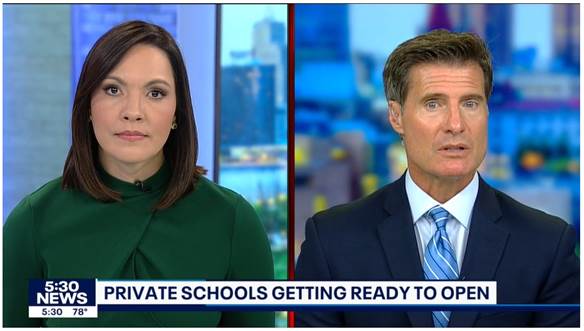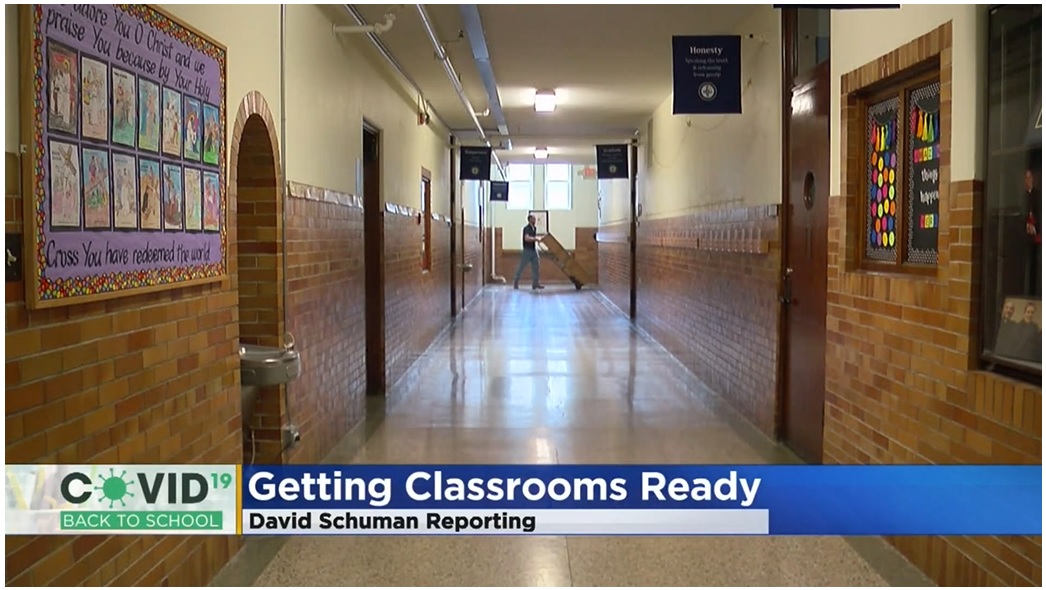One argument against education choice programs is that expanding parental freedom to access alternative learning environments doesn’t mean much in areas with limited options.
But a recent study of universal school choice programs found there’s a positive shift in the supply of education vendors after a choice program becomes available.
In her report, “The Supply Side of ESAs,” EdChoice Fellow Susan Pendergrass analyzes how choice policies — notably universal education savings accounts (ESAs) — are influencing the education marketplace and changing the number and types of available private schools and homeschool vendors.
While “the number of private schools in the U.S. has been flat or slightly declining in the last few decades,” Pendergrass writes, in states that “broadly offer families scholarships or vouchers for private school tuition, the number of private schools has gone up.”
In the ten years from 2011 to 2021, the nation’s supply of private schools fell from 30,000-32,000 schools to 29,800–29,400 schools. So it lost [at] least 400 schools and up to 1,000 schools. This is not surprising given that private school enrollment fell from a steady 6 million students between 1995 and 2007 to fewer than 5.5 million in 2021.
The number of private schools in the pioneering states of educational choice — Arizona, Florida, Ohio and Wisconsin — increased between 2011 and 2021.
For example, in Arizona, whose ESA program only recently became universal (fall 2022), participating schools and vendors grew from 510 to 661 in just one year. This included microschools, co-ops, and online providers. Over a 10-year period, Florida went from having between 1,875 and 1,884 private schools in 2011 to having between 2,546 and 2,737 private schools in 2021. Ohio’s count increased from between 852 and 1,084 to 1,310 and 1,400. (Pendergrass explains the ranges are given because the data comes from a national private school survey that private schools are encouraged to participate in but not required to do so.)
For policymakers and state leaders who use a current lack of supply of schools or resources as a reason to not support choice programs, it’s worth remembering that the education marketplace is not static.
“‘If you build it, they will come.’ In baseball, it’s a dream. In education policy, it’s a strategy,” writes Chantal Fennell, vice president of communications at EdChoice. “Don’t wait to solve for supply before offering choice. Build the policy and the schools will come.”











![[downloaded during free trial]](https://oakmn.org/wp-content/uploads/2025/11/iStock-1430368205-120x86.jpg)

